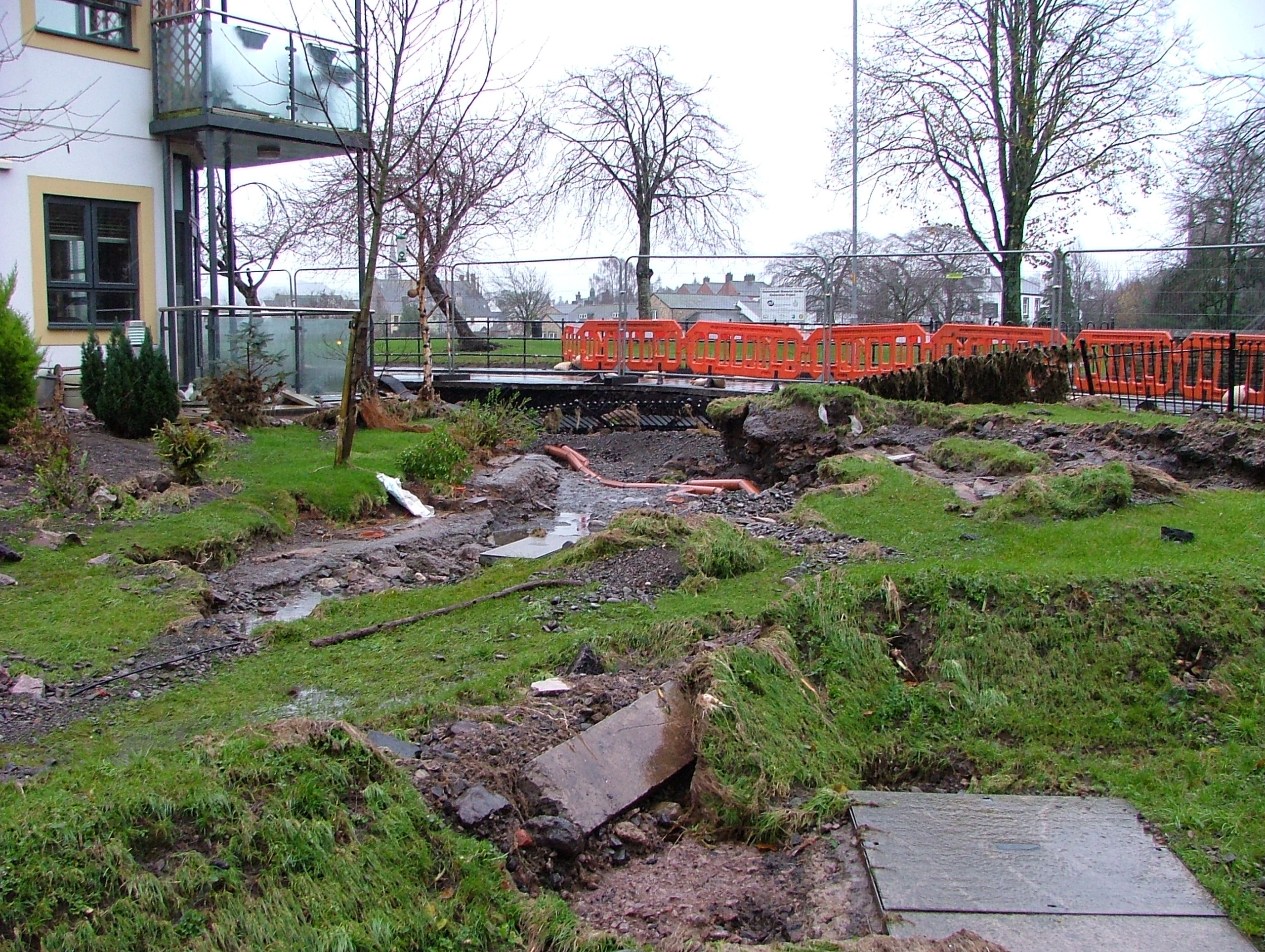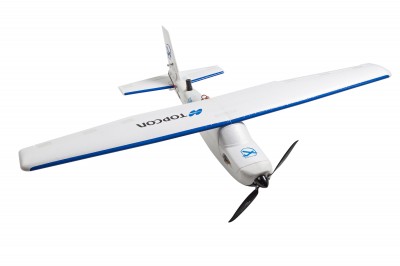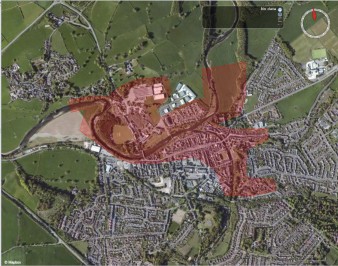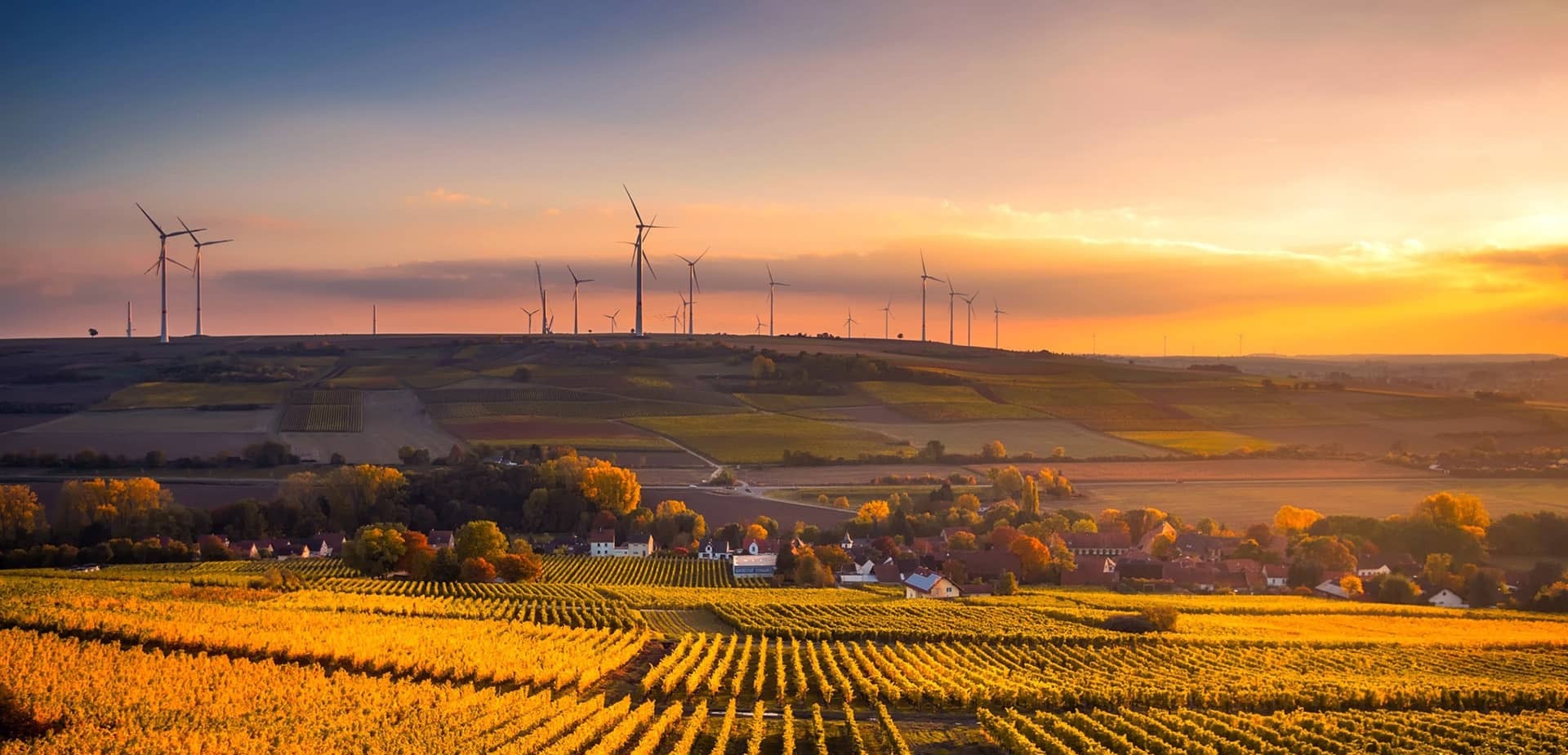Drones in the Cumbria skies: the floods of Christmas
08/01/2016

Christmas 2015 will not be remembered as a white Christmas, but as a wet one. The media was full of images of the homes ruined by floods, particularly in Cumbria, as a result of winter storms and heavy rainfall. As an expert in flood risk management, I visited Cockermouth, one of the worst affected areas, to see the damage for myself.
 I conducted a survey with drones or ‘unmanned aerial vehicles’ which allowed me and my team to identify with high accuracy the flood extent and damage.
I conducted a survey with drones or ‘unmanned aerial vehicles’ which allowed me and my team to identify with high accuracy the flood extent and damage.
The areas we visited were completely devastated in the aftermath of the floods. Many people lost the contents of their homes. The emergency services, including firemen, the police and the army, were on site to provide support and aid to the local people. Roads had debris scattered all along them for miles, and some bridges had totally or partially collapsed. Soil movement had exposed pipes and drainage systems to the elements. In the midst of this, the local residents were laboriously cleaning their homes, unaware that storms Eva and Frank were on the horizon and they would be at risk again.
Within the difficult context of severe flooding, drones have the potential to help researchers to map with very high accuracy the extent and damage of the flood event. Unlike other options (such as satellite imaging) they can be rapidly, inexpensively, and flexibly deployed. Their ability to scout areas reduces distortion caused by building shadows or atmospheric conditions like cloud or pollution. Their immediacy can also help to deploy emergency resources where and when they are most needed, helping isolated communities or directing efforts to protect properties or infrastructure.
 Taking to the skies in Cockermouth was part of a new research project funded by NERC which brings together commercial flood modelling and risk specialists Ambiental Ltd with academic expertise from Cranfield University as well as colleagues from the University of Leicester, Loughborough University and Imperial College London.
Taking to the skies in Cockermouth was part of a new research project funded by NERC which brings together commercial flood modelling and risk specialists Ambiental Ltd with academic expertise from Cranfield University as well as colleagues from the University of Leicester, Loughborough University and Imperial College London.
UAV imagery was collected in collaboration with Caintech Ltd (following Civil Aviation Authority legislation at all times.) This is the first time CAA has given permission to carry out survey works over any congested space in the UK with a range of 1000m from the pilot and up to a potential altitude of 400ft AGL. From a research point of view, this was an unprecedented opportunity to apply our ideas to a real world situation.
The principal aim of the new ‘Dronewatch’ project is to advance flood extent mapping, and to refine current insurance industry practice in evidence based flood damage assessment. We are hoping to prove the feasibility of a novel approach which integrates satellite data with UAV data for urban flood extent mapping and damage assessment. We will also be providing definitions of the service offer required by the end user for the rapid and accurate mapping of flood extent and damage assessment in urban areas.
While the flooding in the UK has focussed our attentions on our changing climate and resilience to environmental disaster, the implications are international. With reports that El Nino will make flooding more common, and the impacts on some of the most vulnerable communities of our world likely to be great, drones could help with emergency responses and flood risk management planning in both the short and long term.
If you’d like to find out more about the use of new technologies for environmental management, you might be interested in my two week UAVs for Environmental Monitoring course, or the Cranfield MSc in Environmental Risk Management.
![]()
UPDATE – August 2016 – this project has been shortlisted for the O2 NextGen Award
Media coverage of this project
Public Finance http://www.publicfinance.co.uk/opinion/2016/02/floods-demonstrate-value-eyes-sky
Civil Service World http://www.civilserviceworld.com/articles/opinion/drones-arent-just-threat-above-–-they-have-public-service-possibilities-too
InsuranceAge http://www.insuranceage.co.uk/insurance-age/opinion/2453285/how-drones-can-support-insurance
Public Technology https://www.publictechnology.net/articles/opinion/drones-can-offer-public-sector-treasure-trove-data-we-cant-just-view-them-threat
Categories & Tags:
Leave a comment on this post:
You might also like…
Preparing for assignments and exams?
Sorry! We know it seems a bit mean to mention the exams in January rather than looking forward to the break before it! However, we know many of you will be thinking about your forthcoming ...
Screening for FTSE 100 companies on Bloomberg
So you’re researching an index and need some data on its constituent companies? Bloomberg’s Equity Screening tool makes light work of this, not just for the FTSE, but for indices, exchanges and sectors worldwide. Type EQS ...
Accelerating my future: How Cranfield put me on the fast track to automotive safety innovation
Hello! I’m Michaela Kaiser, and I’m thrilled to share my journey studying abroad. I’m from Calgary, Canada, and I recently graduated from Cranfield’s MSc Automotive Engineering course. My path to Cranfield ...
From Myanmar to Cranfield: My path to Renewable Energy
As someone who is passionate about sustainability, my career goal is to build a path in the renewable energy sector. My aspirations comes from the benefits of developing sustainable energy sources and ensuring energy ...
From lifelong dream to circular economy leader: Q&A with Himesha Randeni on the Environmental Management for Business MSc
What does it take to turn a lifelong passion for the planet into a fulfilling and impactful career? For Himesha Randeni, the answer was the Environmental Management for Business MSc at ...
Library services over the Christmas period
Kings Norton Library will be open 24/7 throughout the holiday period as a study space. Library staff will work until 6pm on Friday 19 December and will resume their normal working hours from 9am on ...






